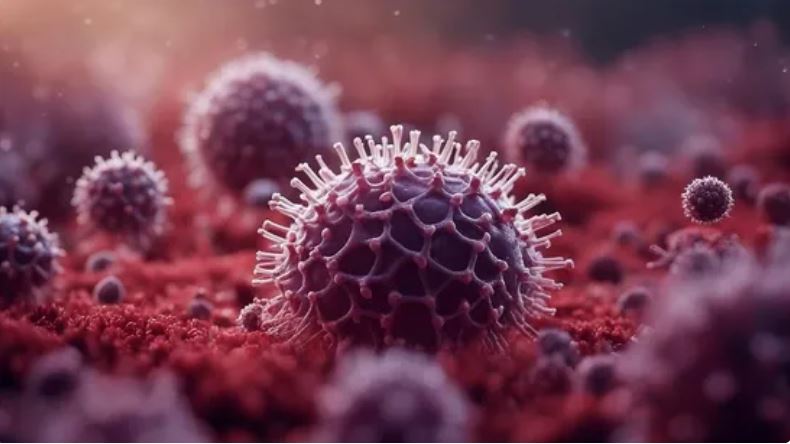ICMR DG Highlights Nipah Virus Mortality Rate and India’s Procurement of Monoclonal Antibody
During a press conference, Rajeev Bahl, the Director General of the Indian Council of Medical Research (ICMR), emphasized the alarming difference in mortality rates between Nipah virus and the Covid-19 pandemic. He pointed out that while Covid-19 had a mortality rate of two to three percent, Nipah carries a much higher death rate of 40 to 70 percent.
Bahl also stressed that concerted efforts are being made to contain the spread of the deadly Nipah virus in the southern state. He acknowledged that the source of infection remains a mystery, despite a previous outbreak in Kerala in 2018 being linked to bats. Efforts are ongoing to understand how the virus transfers from bats to humans, a phenomenon often observed during the rainy season.

Furthermore, India is taking measures to address the Nipah virus outbreak, including procuring 20 additional doses of monoclonal antibody from Australia for treatment.
Bahl explained that India had received some doses of monoclonal antibody from Australia in 2018, but these were currently available for only 10 patients. To bolster their resources, 20 more doses are being procured. However, he noted that the medicine is most effective when administered during the early stages of infection. Phase 1 trials have established the safety of the medicine, but efficacy trials have not been conducted. Thus, it can only be administered as compassionate use medicine. Despite its success in treating 14 patients globally, no one in India has received the doses thus far.
Regarding the Nipah outbreak in Kerala, six people have tested positive for the virus, with two succumbing to the infection. Consequently, strict restrictions have been imposed in the Kozhikode district, including the closure of educational institutions, parks, beaches, and the banning of prayer gatherings and public events.
While the symptoms of Nipah virus are similar to Covid-19, including cough, sore throat, dizziness, muscle pain, and tiredness, it can also lead to more severe conditions like encephalitis, headache, stiff neck, sensitivity to light, mental confusion, and seizures. The virus is transmitted from animals to humans, including via contaminated food and direct human-to-human contact, primarily through fruit bats. It can also infect and cause severe disease in animals, such as pigs, resulting in significant economic losses for farmers.



